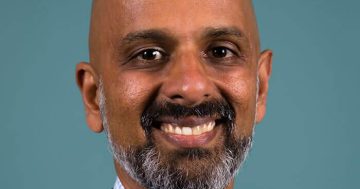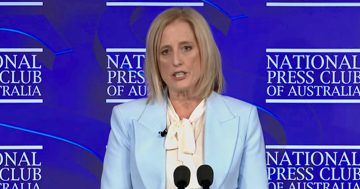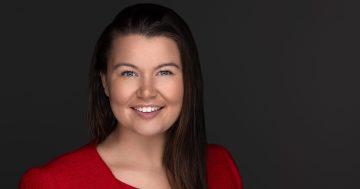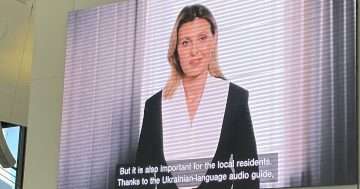
Cassius Turvey Photo: Supplied.
WARNING: Aboriginal and Torres Strait Islander readers are advised that the following story references a deceased person.
By now, you will have heard the name Cassius Turvey.
He was only 15 years old and is now dead after suffering serious injuries from being ambushed in broad daylight on his way home from school. His alleged murderer will face the courts, and we’ll see how that unfolds.
But the vigils being held across the country this week aren’t about what happens to that man – they are about what it means to this country for a blak child to be unable to safely walk the streets of his town.
And whether or not you attended a vigil in your city ultimately says something about the community’s level of regard for blak lives and racial equality in Australia, whether you like it or not.
Community reactions to violent crimes are one way we show our shared anger and grief and send a strong and clear message to decision-makers and perpetrators about what matters to us.
Over the past two years, we’ve seen people rally around women who have been the victims of violent crimes and sexual assault, gathering in large numbers at vigils and protests to generate a sense of urgency in reacting and responding to these incidents. Importantly, these community actions have reinforced the need for broad social and cultural change, pointing out the systemic issues that are beyond the specifics of each individual case.
The same must happen now to signal our distress and anger at the loss of a young blak person’s life to call out the fact that we are simply not doing enough to end systemic racism and to protect First Nations young people in this country.
It’s easy to look at a case like Cassius’s and say, well, it was a horrific and random act of violence, and it could have happened to anyone. But the fact is, it didn’t – once again, it’s a First Nations child who has died, and he now becomes another alarming statistic.
In fact, First Nations people as a whole are more likely to be hospitalised due to assault than non-Indigenous Australians across age and location ranges.
Much like when a high-profile case of sexual assault or violence against women highlights to the community the broader issue of gender inequality and women’s safety, Cassius’s death is a reminder to us all that the gap between the health, safety and life outcomes for First Nations Australians and non-Indigenous Australians is simply unjustifiable.
We need to learn from this tragedy and act to prevent not just assaults but the ongoing inequality faced by First Nations people across all critical areas of well-being – education, health, access to resources, employment, mental health, experiences of violence – all of it.
Typically, when a tragedy like this occurs to a white person, we see a whole-of-community reaction – yet, there are people within my own circles who had never even heard of Cassius as of this week. That upsets me, but it doesn’t surprise me. Systemic racism is insidious, and even people who hold values of racial equality and inclusion can enact their privilege by not engaging with issues like this because they simply don’t see it as affecting them.
It’s particularly hard to stomach, however, when I see the constant and unwavering attention given to issues where a white victim is the focus, especially in recent weeks. The contrast is bleak.
This isn’t about pitting two tragedies against each other, it’s about noting the difference in our reactions and understanding why it exists. And it’s a pattern I have seen time and again, one that I have called out before and will continue to call out.
If you’re an ally, if you read an acknowledgement of country at events, if you post on social media for NAIDOC week, I hope you showed up to vigils for Cassius and his family. Share news articles, donate money to his family’s support fund, start conversations with your networks, and demand justice for Cassius and all First Nations children.
Your power and agency are needed now.
















